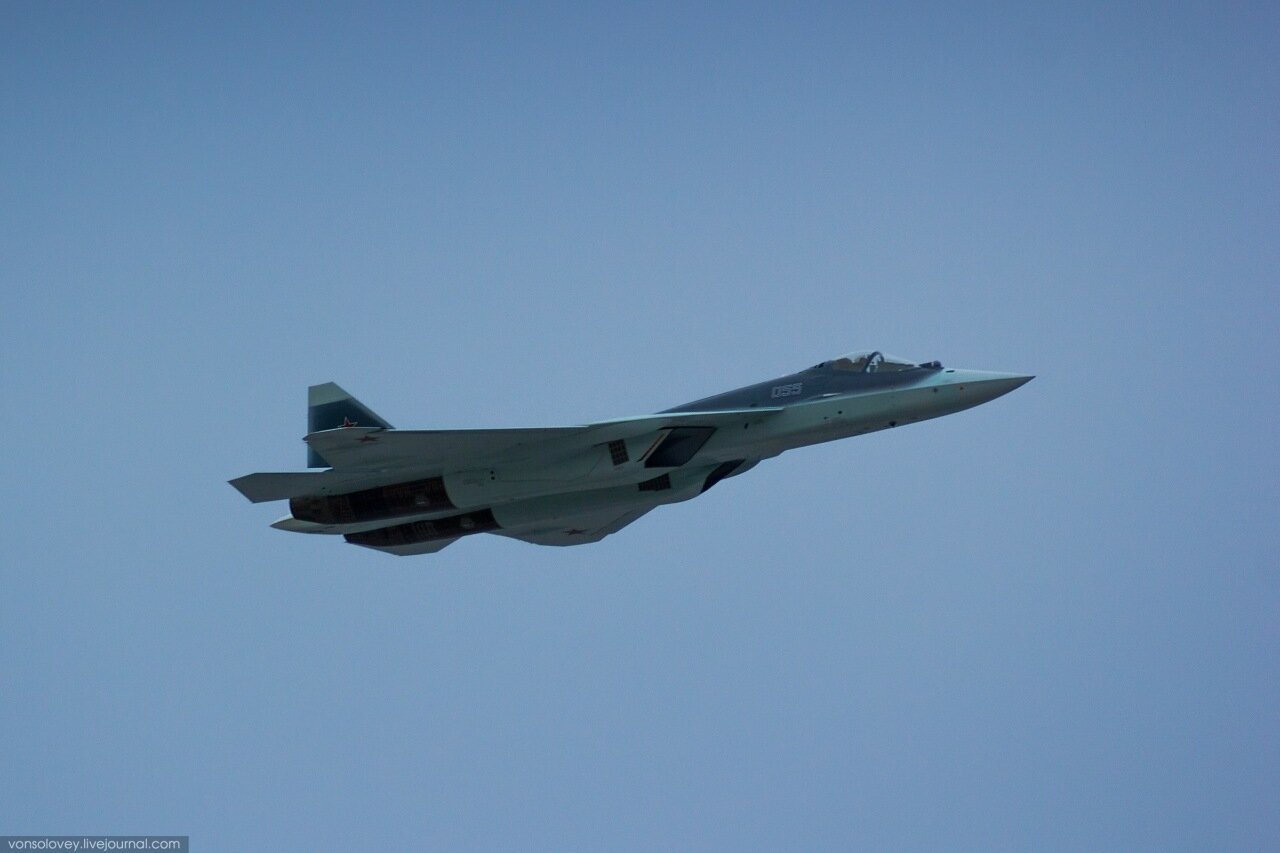gadeshi
New Member
- Joined
- Jun 19, 2013
- Messages
- 9,223
- Likes
- 6,636
No way.extensive use of composites,less use of metals,radar absorbing materials,design shape which reflects most of radar waves...
agm-129 is one time use missile.f-22 is not such.so not much of these were used for agm-129
i am not sure of rcs values
B-2 has outstandingly low RCS thanking very thick leading edges, where the RAMs structure is. This structure resembles much the peaks, pears and pyramides, which you can see on the echo-less RCS measurement chamber walls.
Relatively small F-22 doesn't allow this - it simply has no space and vollumes for this. And it has strength limitations on embedded RAMs usage in leading edges structure due to high supersonic speeds airflow on them, which B-2 lacks.
In the other words, it can allow several thin layers of embedded RAMs on the problem zones (not on the whole airframe, like the lamers think), which have combined thickness ~1cm. But X-band radars have 3-4cm wave length. According to physics, if you want to absorb or re-reflect the radar wave, you have to apply the RAMs layer which will be 2 times thicker, than the wave length. This is 6-8cm, which is too much for a fighter, especially if you have to go into compromise with strength, aerodynamics and thermal endurance measures.
The most indicative example of the 6 to 12 cm RAM covers is F-117. But we all know, how did it flew and how did it ended...
AGM-129 has small dimensions and almost ideal RCS-friendly shape (RCS-shaped nose, forward-swept wings, hidden air intake and so on), uses RAMs and so on, but it has 0.01m2 RCS. How can 5-6 times bigger F-22 having less RCS-optimized shape and RAMs distribution, to have 100 times less RCS???
BTW, there were one very interesting judicial trial process with LM engineer against LM, where this engineer have disclosed the details of F-22 RCS testing and LM frauds in this process:
Ex-F-22 engineer to sue Lockheed for stealth design
http://www.contractormisconduct.org/ass/contractors/38/cases/1203/1686/lockheed-martin-olsen_complaint.pdf



















